Shark vs Roomba – Best Models Compare
Roomba vs Shark – Powerful Cleaning with Smart Techs
The Shark Robot vs Roomba is the robot vacuum comparison that is aimed to prove that Roomba’s focus on large and adjustable suction power, and Shark tries to achieve precise navigation.
When I started comparing Shark vs Roomba brands, I’ve noted that Shark developed just two series of robot vacuums versus Roomba’s 5 ones. Shark produces entry-level ION with random navigation and high-end IQ series with mapping. The Roomba’s product line includes low-cost e and 600 Series, mid-range i and 900 robots, and luxury s Series.
The Shark robot vacuum vs Roomba has some differences in terms of the implemented techs. All their entry-level models lack mapping, the ability to boost power, and smart features. The high-end units have them, but the Roomba’s upmarket vacuums come with all that stuff plus auto dustbin emptying. Additionally, the Roomba’s i and s series are compatible with Braava JET M6 mop for wet use.
The first look at Shark ION vs Roomba in terms of design reveals that all Shark models are fitted with two side brushes while Roomba equips its products with a single side brush. All the Shark’s robots are round-shaped and some of the Roomba’s s vacuums are notable for their U-shaped design for reaching edges.
Putting Roomba vs Shark, it’s clear that both Shark’s ION and IQ vacuums come in the same size (12.9 x 12.6 x 3.5 inches) except for the budget ION R75 that is extremely low profile with its height of just 2.6 inches. However, the majority of the Roomba’s devices are bulkier — the height starts from 3.5 inches and the diameter — from 13.3 inches (only s series is 12.25 inches across).
The comparison chart of iRobot vs Shark also revealed that the entry and mid-level Roombas are more expensive than the Shark’s devices with the same range of features.
Shark review
The SharkNinja Operating LLC is the manufacturer of the Shark vacs. It started out in Canada in 1995 and currently, it has offices in the USA, UK, China, and Japan, as well as the engineering resources in India.

The Sharks robots are famous for their wireless sensors to identify the restricted areas, Wi-Fi capability, and smart assistant support regardless of the model. Besides, the company developed an easy-to-use mobile application.
Roomba review
Being founded by MIT (Massachusetts Institute of Technology) in 1990, Roomba has sold 30 million robotic vacuums by the year 2018. For now, its presence covers the USA, Hong Kong, China, the UK, and eight European countries.

With each new series, Roomba enhances the suction power of its devices. For example, the 960 model has 5x suction, the i7 comes with the 10x power, and the latest s9 features the claimed 40x suction to handle challenging dirt.
-
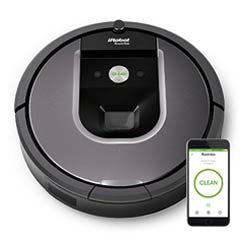
iRobot Roomba 960
- iRobot
- | 500
- 1720
-
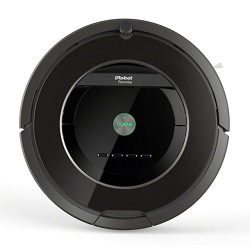
iRobot Roomba 880
- iRobot
- | 600
- 2063
-
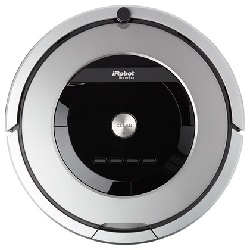
iRobot Roomba 860
- iRobot
- | 500
- 664
-

iRobot Roomba 780
- iRobot
- | 500
- 876
-
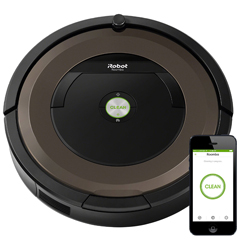
iRobot Roomba 890
- iRobot
- | 400
- 646
-
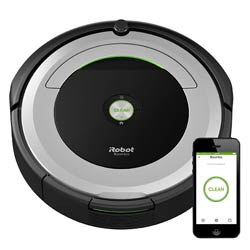
iRobot Roomba 690
- iRobot
- | 300
- 3472
-
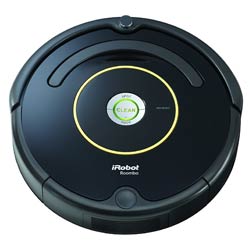
iRobot Roomba 614
- iRobot
- | 200
- 1140
-
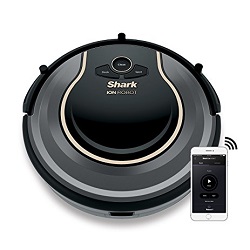
Shark ION ROBOT 750
- Shark
- | 200
- 1469
-
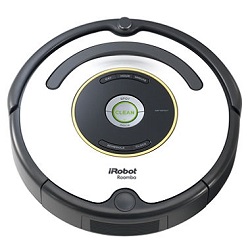
iRobot Roomba 665
- iRobot
- | 400
- 19
-
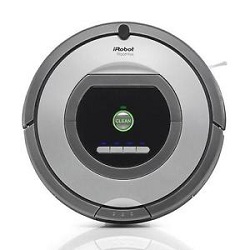
iRobot Roomba 761
- iRobot
- | 400
- 112
-
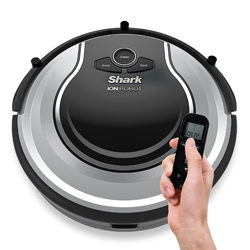
Shark ION ROBOT 720
- Shark
- | 300
- 435
-
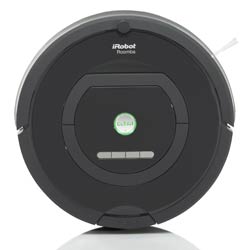
iRobot Roomba 770
- iRobot
- | 300
- 22
-
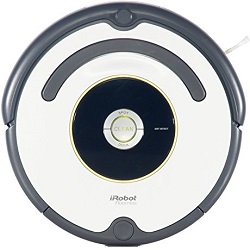
iRobot Roomba 620
- iRobot
- | 300
- 38
-
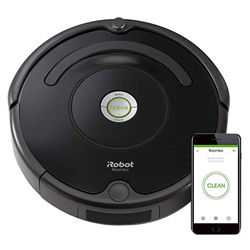
iRobot Roomba 671
- iRobot
- | 300
- 414
-
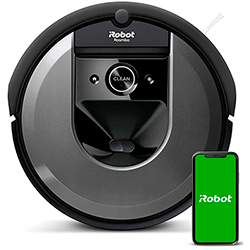
iRobot Roomba i7
- iRobot
- | 600
-
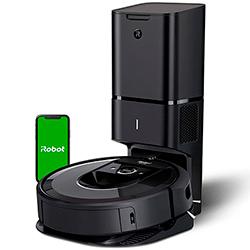
iRobot Roomba i7+
- iRobot
- | 800
-
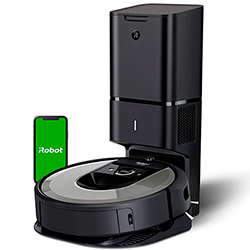
iRobot Roomba i6+
- iRobot
- | 600
-

iRobot Roomba 675
- iRobot
- | 300
-

iRobot Roomba e5
- iRobot
- | 300
-
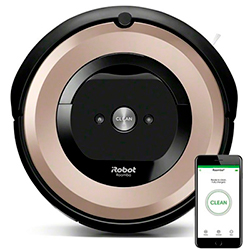
iRobot Roomba e6
- iRobot
- | 300
-
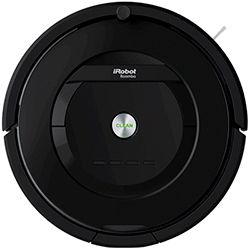
iRobot Roomba 805
- iRobot
- | 200
-
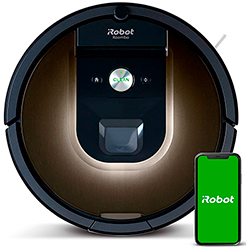
iRobot Roomba 981
- iRobot
- | 400
-
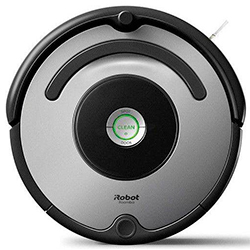
iRobot Roomba 677
- iRobot
- | 400
-
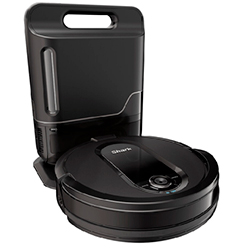
Shark IQ R101AE
- Shark
- | 500
-

iRobot Roomba 692
- iRobot
- | 200
-
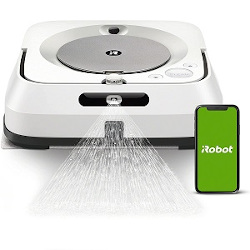
iRobot Braava Jet M6
- iRobot
- | 400
-
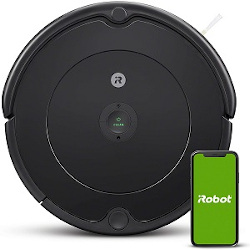
iRobot Roomba 694
- iRobot
- | 200
-
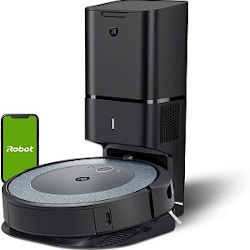
iRobot Roomba i4+
- iRobot
- | 700
-
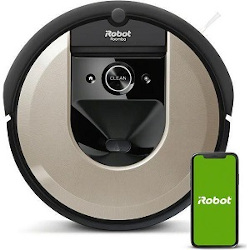
iRobot Roomba i6
- iRobot
- | 600
-
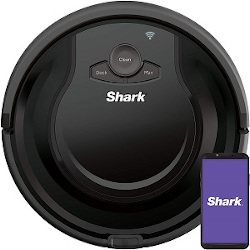
Shark ION AV751
- Shark
- | 300
-
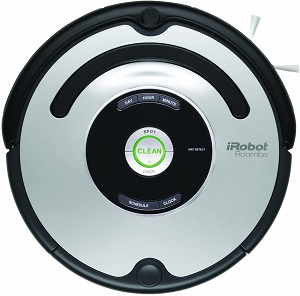
iRobot Roomba 560
- iRobot
- | 400
-
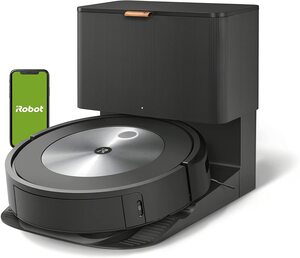
iRobot Roomba j7+
- iRobot
- | 700
-
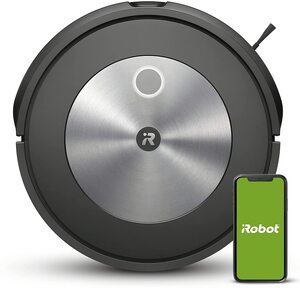
iRobot Roomba j7
- iRobot
- | 500
-

iRobot Roomba s9+
- iRobot
- | 1100
-
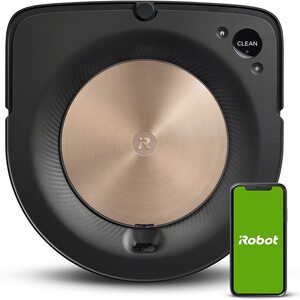
iRobot Roomba s9
- iRobot
- | 1000
-
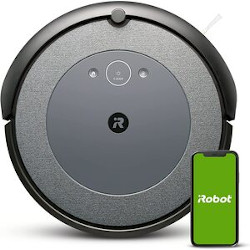
iRobot Roomba i3
- iRobot
- | 300
-
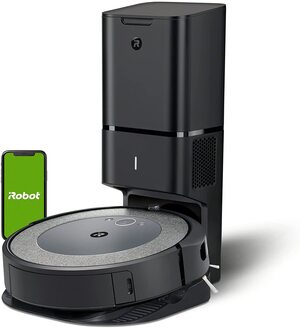
iRobot Roomba i3+
- iRobot
- | 400
-
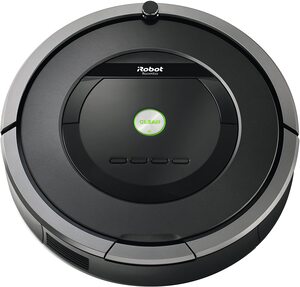
iRobot Roomba 801
- iRobot
- | 200
-

iRobot Braava jet 240
- iRobot
- | 200
-
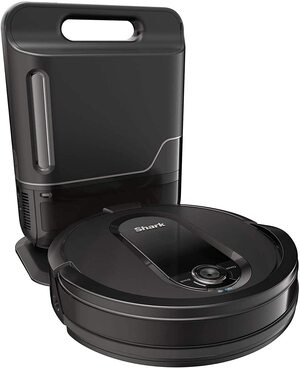
Shark RV1001AE
- Shark
- | 500
-
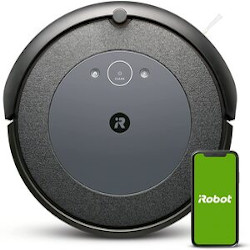
iRobot Roomba i4
- iRobot
- | 300
-
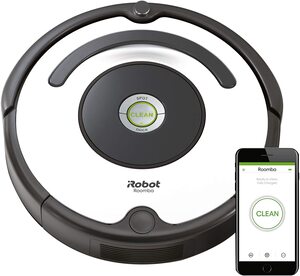
iRobot Roomba 670
- iRobot
- | 300
-

Shark ION RV750
- Shark
- | 200
-
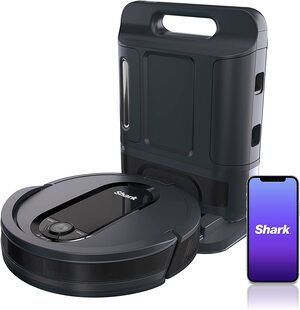
Shark AV1010AE
- Shark
- | 500
-
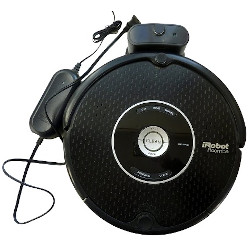
iRobot Roomba 550
- iRobot
- | 200
-
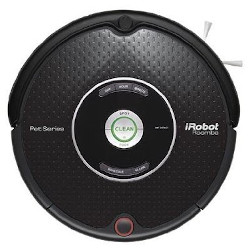
iRobot Roomba 595
- iRobot
- | 400
-
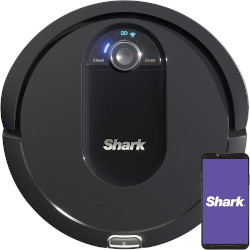
Shark AV993 IQ
- Shark
- | 300
-
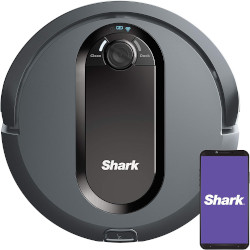
Shark IQ AV970
- Shark
- | 300
-

Shark ION AV753
- Shark
- | 300
-
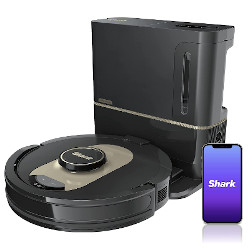
Shark AV2501AE
- Shark
- | 500
-
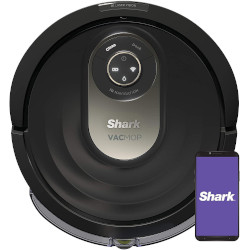
Shark AV2001WD
- Shark
- | 300
-
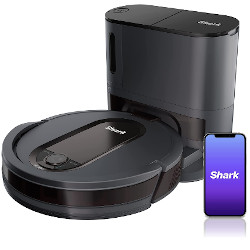
Shark RV912S
- Shark
- | 400
-
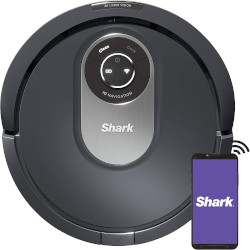
Shark RV2001
- Shark
- | 300
-
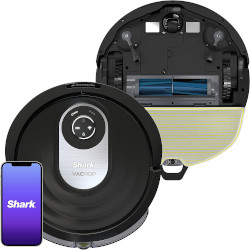
Shark RV2001WD
- Shark
- | 300
-
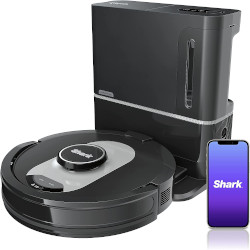
Shark RV2502AE
- Shark
- | 500
-

Shark IQ Robot RV1001
- Shark
- | 200
-
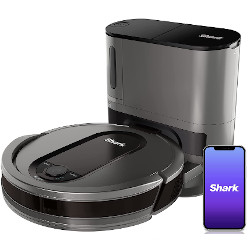
Shark AV911S
- Shark
- | 400
-
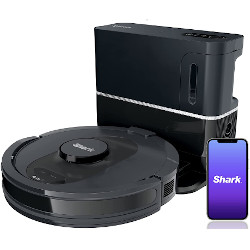
Shark AV2501S
- Shark
- | 500
-
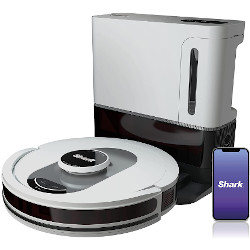
Shark AV2511AE
- Shark
- | 600
-
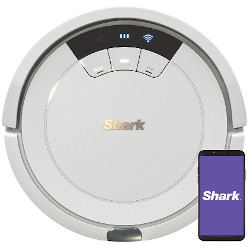
Shark AV752
- Shark
- | 300
-
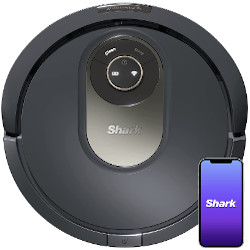
Shark AV2001
- Shark
- | 300
-

Shark RV871
- Shark
- | 300
-

Shark ION RV700
- Shark
- | 200
-
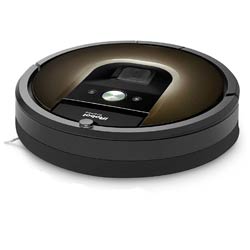
iRobot Roomba 980
- iRobot
- 2037
-
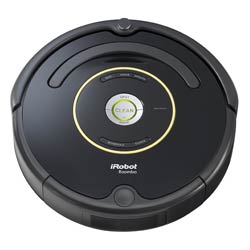
iRobot Roomba 650
- iRobot
- 6306
-

iRobot Roomba 652
- iRobot
- 1081
-
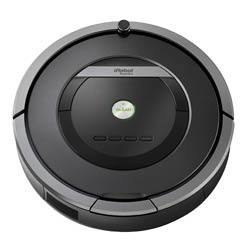
iRobot Roomba 870
- iRobot
- 651
-
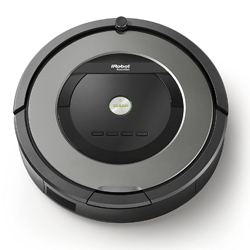
iRobot Roomba 877
- iRobot
- 121
-
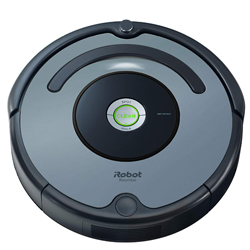
iRobot Roomba 640
- iRobot
- 11
